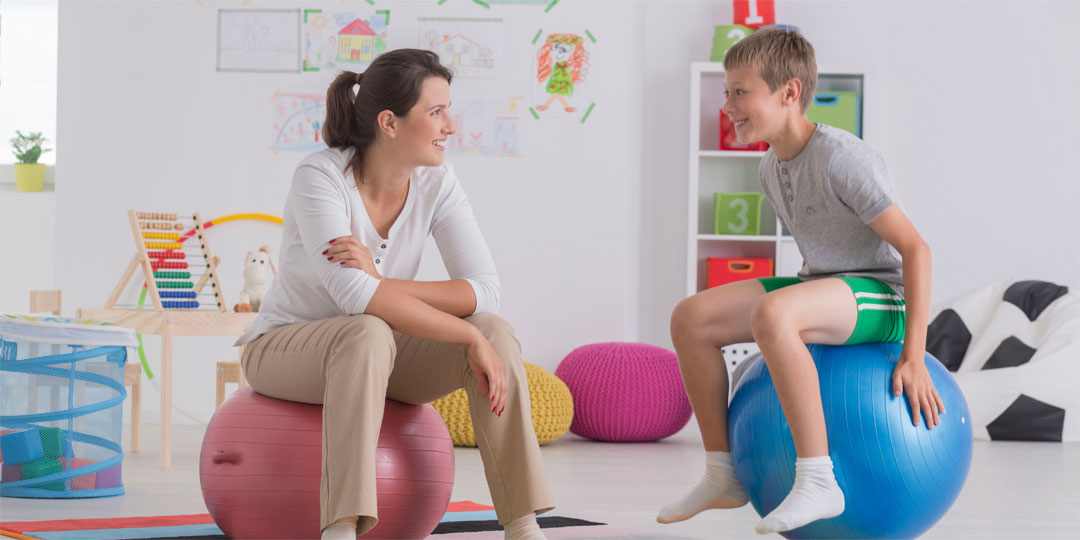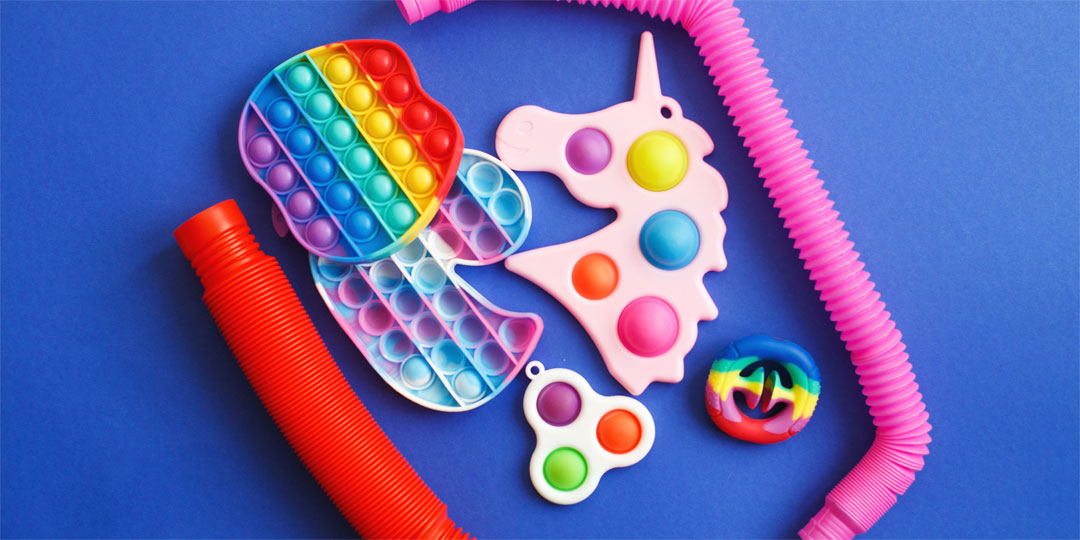ADHD & Attention Deficits, Help for School and Kindy
ADHD in the Classroom: How to Keep Your Cool and Your Kids on Track
Attention deficit hyperactivity disorder (ADHD) is a neurodevelopmental disorder that affects millions of children and adults worldwide. It is characterised by difficulty paying attention, controlling impulsive behaviours, and hyperactivity. ADHD in the classroom is often reported by teachers who are at their wit’s end trying to control the kids with ADHD

ADHD in Girls vs. Boys
ADHD is often considered a disorder that affects boys more than girls. However, this is not always the case. Studies have shown that the number of girls diagnosed with ADHD has increased in recent years.
There are some critical differences in how ADHD manifests in girls and boys. For example, girls with ADHD are more likely to be inattentive than hyperactive. They may also be more likely to internalise their symptoms, which can lead to anxiety and depression.
It is essential to be aware of these differences so that you can identify ADHD in girls and provide them with the support they need.
ADHD can make it challenging for kids to succeed in the classroom. They may have trouble sitting still, paying attention, following directions, and completing assignments. This can lead to frustration for both the child and the teacher.
There are several things that teachers can do to create a more ADHD-friendly classroom environment. These changes can make it easier for kids with ADHD to focus and learn.
Let’s discuss some tips for keeping your cool and your kids on track.
Some examples of changes that teachers can make include:

Create a calm and structured environment. Kids with ADHD often thrive in a relaxed and structured environment. This means providing them with a quiet workspace, reducing distractions, and providing clear and consistent expectations.
Be patient and understanding. Kids with ADHD may need more time to complete tasks or may need breaks more often. It is essential to be patient and understanding with them and to avoid getting frustrated.
Offer positive reinforcement. Kids with ADHD are more likely to respond to positive reinforcement than negative consequences. When they do something well, praise them and tell them you are proud.
Work with the child’s doctor. Several medications and therapies can help kids with ADHD. Working with the child’s doctor to find the right combination of treatments can make a big difference.
Get involved in the child’s education. Parents can play an essential role in helping their child with ADHD succeed in school. This includes staying involved in their child’s education, communicating with their teachers, and providing them with the support they need at home.
Get kids moving. Give them breaks throughout the day to move around and stretch. This can help them to stay focused and alert.
Allow fidgeting toys. Fidgeting can help kids with ADHD to focus and stay calm. Fidgeting toys can provide a physical outlet for their energy and help them stay focused on the task.

Some examples of fidgeting toys:
- Koosh balls: These are soft, stretchy balls that can be squeezed, rolled, and batted around.
- Squishies: These soft, squishy toys can be squeezed and moulded.
- Spinners: These are small toys that spin on a bearing.
- Tangle toys: These are textured toys that can be twisted and turned.
- Chewelry: These necklaces or bracelets with chewable beads or pendants.
It is essential to find fidgeting toys that the child enjoys and appropriate for their age and abilities.
Brain Exercises and Games
Several brain exercises and games can help kids with ADHD improve their focus and attention. These exercises can be done at home or in the classroom.
Some examples of brain exercises include:
- Sudoku
- Where’s Waldo Books
- Playing memory games
- Tapping your fingers in a specific pattern
- Following a moving object with your eyes
CoordiKids Classroom Brain Breaks and CoordiKids Homeschool Course are excellent programs that can help kids with ADHD succeed in the classroom. These programs provide a variety of brain exercises and activities specifically designed to improve focus, attention, and coordination.
CoordiKids Classroom Brain Breaks is a program that can be used in the classroom. No preparation is required. It is easy for teachers to incorporate it into their daily planning. An excellent option for brain breaks to be used to help kids with ADHD take a break and refocus.
ADHD can be challenging, but kids with ADHD can succeed in the classroom. With the proper support and interventions, kids with ADHD can learn and thrive in school.
If you are worried that your child might have ADHD, you can take our free ADHD test by clicking the button below. You can also book a free 15-minute consultation with Marga to discuss your child and get personalised support. She will help you understand your child’s unique needs and develop a plan to help them succeed.